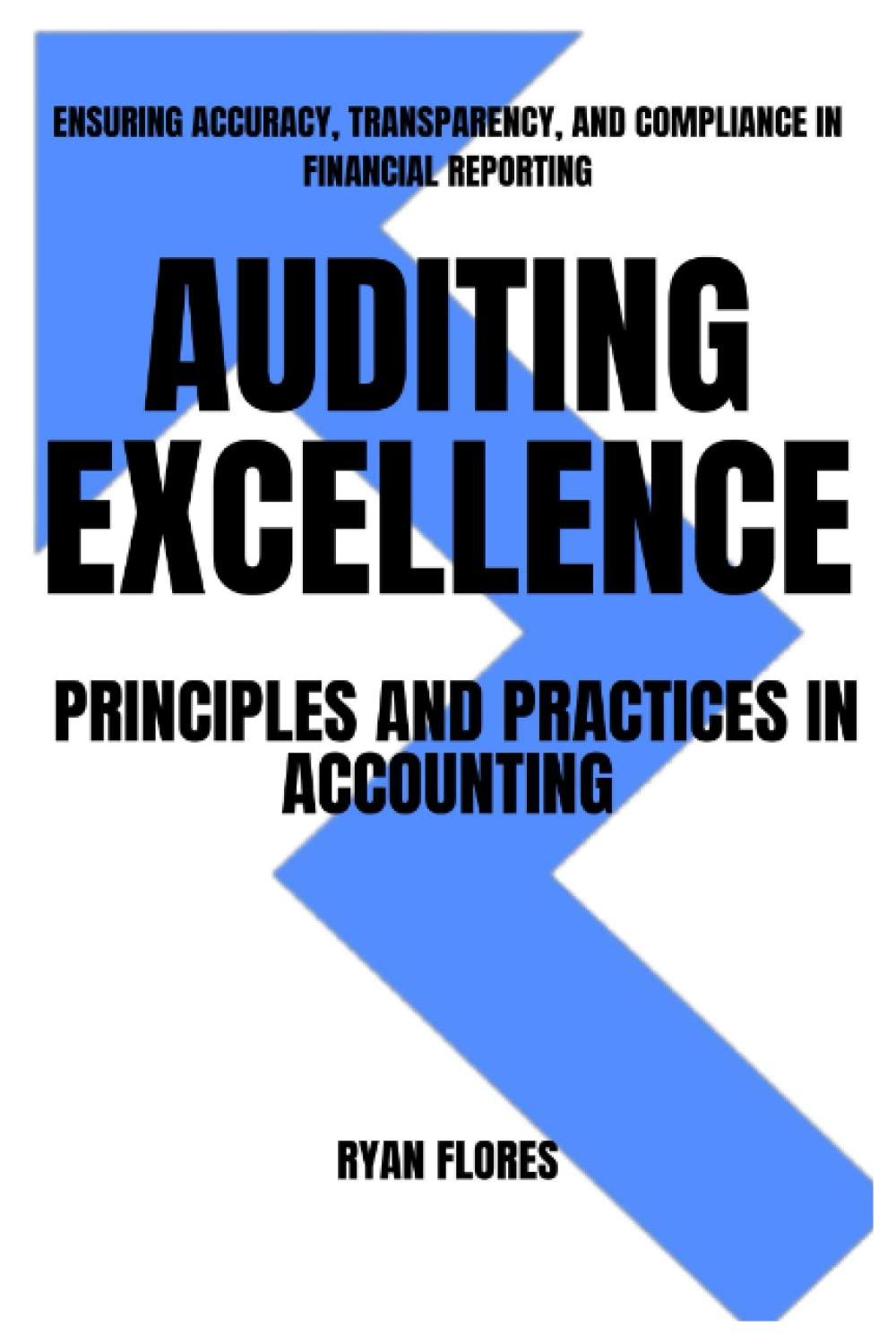Question
TRUE/FALSE QUESTIONS Notes Receivable and Accounts Receivable can also be called trade receivables. T/F Generally accepted accounting principles do not normally allow the use of
TRUE/FALSE QUESTIONS
Notes Receivable and Accounts Receivable can also be called trade receivables. T/F
Generally accepted accounting principles do not normally allow the use of the direct write-off method of accounting for uncollectible accounts. T/F
The direct write-off method records Bad Debt Expense in the year the specific account receivable is determined to be uncollectible. T/F
Although Allowance for Doubtful Accounts normally has a credit balance, it may have either a debit or a credit balance before adjusting entries are recorded at the end of the accounting period. T/F
Allowance for Doubtful Accounts is a liability account. T/F
The party promising to pay a note at maturity is the maker T/F
If the maker of a note fails to pay the debt on the due date, the note is said to be dishonored. T/F
Multiple choice
A 60-day, 12% note for $7,000, dated April 15, is received from a customer on account. The face value of the note is
| ||
| ||
| ||
|
A $6,000, 60-day, 12% note recorded on November 21 is not paid by the maker at maturity. The journal entry to recognize this event is
The maturity value of a $40,000, 9%, 40-day note receivable dated July 3 is
Current assets are usually listed in order
Accounts Receivable Turnover measures
| ||
| ||
| ||
|
The direct write-off method of accounting for uncollectible accounts
| ||
| ||
| ||
|
Step by Step Solution
There are 3 Steps involved in it
Step: 1

Get Instant Access to Expert-Tailored Solutions
See step-by-step solutions with expert insights and AI powered tools for academic success
Step: 2

Step: 3

Ace Your Homework with AI
Get the answers you need in no time with our AI-driven, step-by-step assistance
Get Started


